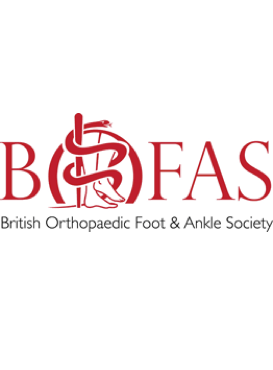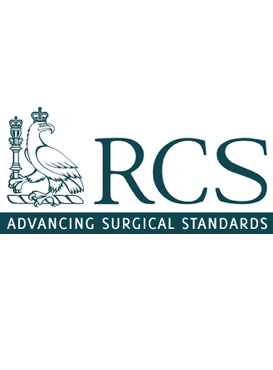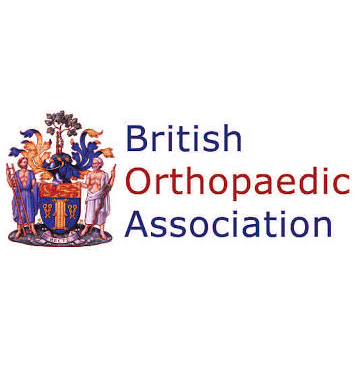Rheumatoid Arthritis
Inflammatory arthritis often commences in the forefoot, but it can damage any area from the ankles to the toes. Rheumatoid arthritis (RA) is a systemic disease that attacks multiple joints throughout the body. About 90% of people with rheumatoid arthritis eventually develop symptoms related to the foot or ankle. Usually symptoms appear in the toes or forefeet first, then in the hind feet and finally in the ankles. Mr Brown has a special interest in RA and works closely with the Rheumatology Consultants.
Causes
The exact cause of rheumatoid arthritis (RA) is unknown, but there are several theories. Some people may be more likely to develop RA because of their genes. However, it usually takes a chemical or environmental “trigger” to activate the disease. In RA, the immune system of the body turns against itself. Instead of protecting the joints, the body produces substances that attack and inflame the joints.
Symptoms
The most common symptoms of rheumatoid arthritis (RA) in the foot are pain, swelling, and stiffness. Symptoms usually appear in several joints on both feet. You may feel pain deep in the joints, in the sole or under the ball of your foot. The joint may be warm and the way you walk may be affected. You may develop corns or bunions, and your toes can begin to curl and stiffen in positions called claw toe or hammer toe.
If your hindfoot (back of the foot) and ankle are affected, the bones may shift position. This can cause the long arch on the bottom of your foot to collapse (flatfoot), resulting in pain and difficulty walking.
Diagnosis
The Consultant Orthopaedic Surgeon may be the first to suggest the diagnosis before referral to see a Consultant Rheumatologist in Cheltenham or Cirencester Hospitals. They will ask you about your medical history, other joint pains, early morning stiffness, as well as your occupation and recreational activities. The appearance of symptoms in several joints is an indication that RA might be involved. Blood tests will show whether you are anemic or have an antibody called the rheumatoid factor, which is often present with RA.
Treatment
Many people with rheumatoid arthritis (RA) can control their pain and the disease with medication and exercise. Some medications, such as aspirin or ibuprofen, help control pain. Others, including methotrexate, prednisone, sulfasalazine, and gold compounds, help slow the spread of the disease itself. In some cases, an injection of a steroid medication into the joint can help relieve swelling and inflammation.
Disease modifying drugs such as anti-TNF alpha agents, (eg Enbrel) have dramatically controlled this condition in the 21st century, so much so that we rarely see the dramatic foot deformities of before.
A podiatrist or orthotist may provide special shoes or a soft arch support with a rigid heel. Keeping active is very important in the treatment of RA and you may see a physiotherapist for special stretches and range of motion exercises.
Surgery
Surgery can correct several isolated common forefoot conditions, such as bunions or hammer toes. With more severe damage it may be better to stabilize the entire forefoot by fusion the big toe and operating on the lesser toes.
Midfoot deformities or a damaged ankle may benefit from a fusion procedure. In this procedure, the joint cartilage is removed; in some cases, some of the adjacent bone is also removed. The bones are held in place with screws, plates and screws or a rod through the bone. After several months in a plaster the bones unite, creating one solid bone. There is loss of motion, but the foot and ankle remain functional and generally pain-free. A total ankle replacement is a reasonable choice for a painful ankle in rheumatoid arthritis.
As in all surgeries, there is some risk. Infection and failure of the wound to heal is a real concern and you may be asked to stop any strong medication until the wound is safely healed. Any internal metal device may loosen, requiring repeat surgery.
More information is available from www.versusarthritis.org
Contact Us
There are many ways to book an appointment at the Cotswold Foot & Ankle Clinic. This may be a referral from either your GP, Hospital Consultant, Chartered Physiotherapist or Podiatrist.
For insured patients you will need to contact your insurance provider. If self-funding you may make a direct referral, but we prefer if you contact your GP, so they can inform us of your medical background.
OUR CONSULTANTS MR BROWN AND MR CLINT ARE MEMBERS OF




OUR LOCATIONS
Cheltenham Hospital, Nuffield Health
Cheltenham GL51 6SY
The Manor Hospital, Nuffield Health
Oxford OX3 7RP
CONTACT US
01242 246 559
admin@cotswoldfootandankle.co.uk
© Cotswold Foot & Ankle Clinic 2020 | PRIVACY POLICY